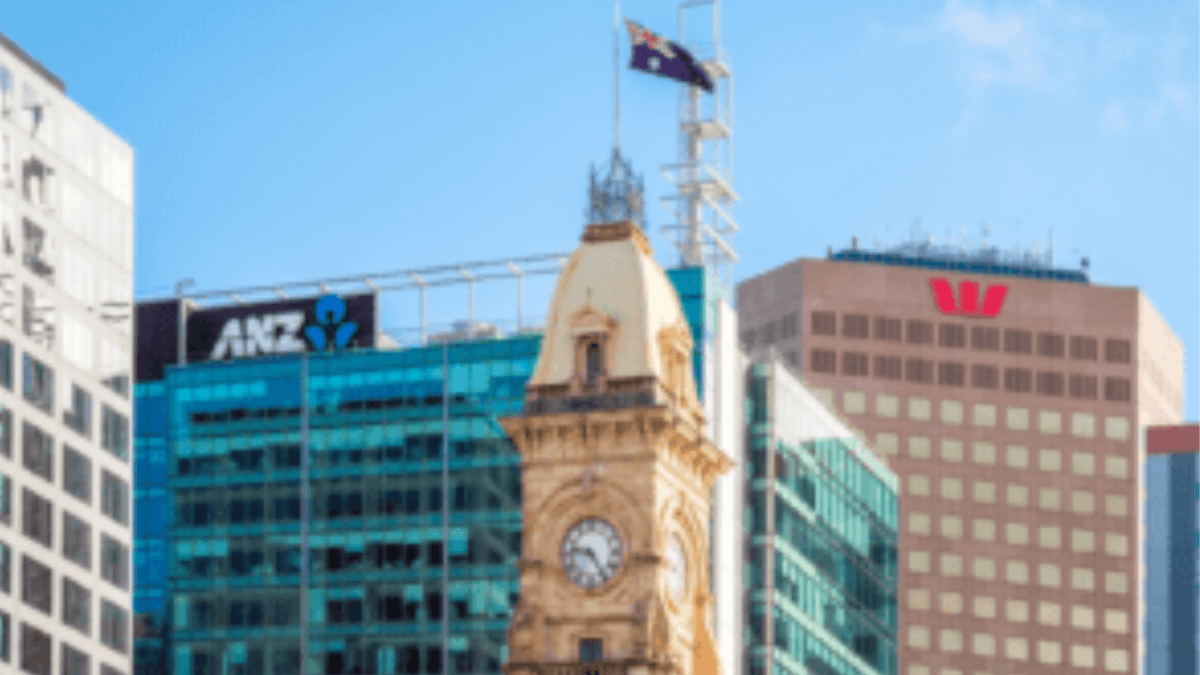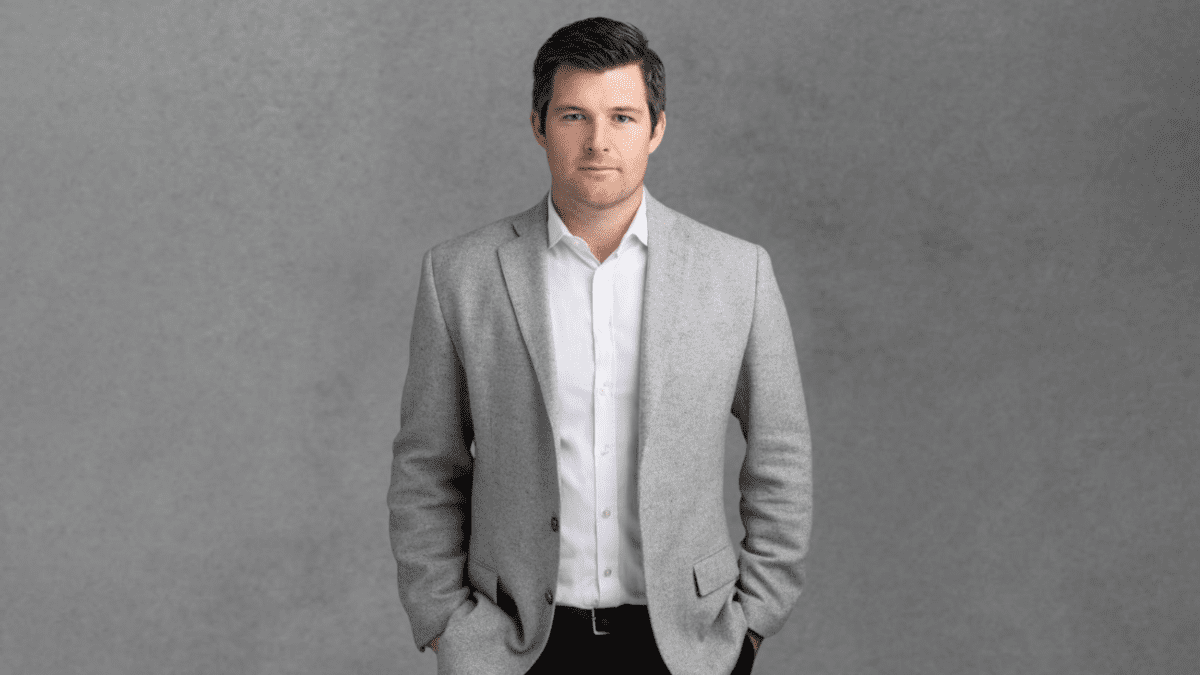Term deposit rates on the rise, but shop carefully to reap the rewards
Following the Reserve Bank of Australia’s decision to increase the cash rate for the fifth month in a row, banks, credit unions and building societies have been raising interest rates on their term deposit and savings accounts, and in some cases, moving beyond the RBA’s rate rises.
For now, the best advice is to shop around, according to the experts.
The RBA raised the official cash rate to 2.35 per cent this month. For retirement savers, including self-managed superannuation funds (SMSFs) which rely on term deposits for income, the times are improving. Official interest rates are expected to rise even more, possibly hitting as high as 3 per cent by the year’s end according to some economists’ forecasts.
For SMSF, the search for the best term deposit rates is important. As at the end of March 2022, SMSFs had $147.0 billion invested in cash and term deposits. While that was down from $149.3 billion a year earlier, we can expect more money to now be directed towards term deposits now that interest rates are finally on the rise.
Term deposit increases go beyond RBA
Since the central bank began raising official interest rates in May, eight banks have raised savings rates beyond the RBA rate moves in a bid to attract new business according to RateCity research director Sally Tindall.
“The question is – why would banks be looking for more money?” Tindall says. “The answer is likely to be found on the other side of the banking equation, in home loans. The cost of wholesale home loan funding has gone through the roof recently, making deposits an attractive source of funding for banks offering mortgages.”
“It’s no coincidence that for the first time in years, the lowest home loan rates on our database are from banks, with access to deposits, rather than low-cost lenders reliance solely on wholesale funding. This all translates into good news for savers who, after several years of lousy returns, are now finally being offered competitive interest rates. That said, customers should still shop around,” she explains.
However, just because banks are raising savings rates above and beyond the RBA, that doesn’t mean you can assume your bank will pass on the rises to you, according to Tindall. It depends on which term deposit you choose.
“Banks are still picking and choosing which customers get the full hike, while others are missing out entirely,” she says.
According to Alison Banney, money expert at Finder, some term deposit rates are now paying over 4 per cent per annum and smaller deposit takers are offering better rates than the big banks.
“Smaller lenders, credit unions and digital banks are certainly offering more competitive rates compared to the big four,” she says. “Citi increased its 12-month term deposit rate to 3.5 per cent, AMP increased its 12-month term deposit rate to 3.6 per cent and Judo Bank updated its 2-year term deposit to 4 per cent.
“Here are some of the best 6-month term deposit rates: 2.7 per cent with Judo Bank, 2.7 per cent with Rabobank and 2.7 per cent with ME Bank. In comparison, take a look at the 6-month term deposit rates offered by the Big Four banks: 0.10 per cent p.a. for 6 months with ANZ, 0.75 per cent p.a. for 6 months with CommBank, 0.80 per cent p.a. for 6 months with NAB and 0.80 per cent p.a. for 6 months with Westpac,” Banney says.
Like Tindall, she suggests shopping around; in some cases, the more money you have, the better the term deposit rate you might get. “Some banks do offer better rates for high-net worth investors and others with large deposits, so if you fall into this category, it’s worth speaking to the bank directly to see what they can do.”
Be wary of locking in for too long
In considering longer maturing term deposits, savers need to remain aware that they are locking in their money for a fixed period, and deposit rates could rise during that period. “Term deposit rates are likely to keep on rising as the cash rate hikes roll in so factor this into your thinking,” says RateCity’s Tindall.
“Locking up your nest egg in a term deposit is another viable option, provided you do your research and understand the consequences of taking your cash out early. Some term deposits have more than tripled in the last year alone, with 1-year rates as high as 3.65 per cent, while the highest 2-year rate is now hitting the 4 per cent mark.”
Another option is to ladder your investment amounts, and keep your term deposits to short staggered periods. This allows savers to invest in new term deposits at regular intervals, so they can take advantage of any future rise in interest rates, without committing all of their money to a single term deposit for several years. When the expiry of each term deposit is reached, savers can take advantage of potentially more attractive interest rates. This may also appeal if you need to access your money. Either way, shop around for the best rates. The charts below details some of the best term deposit rates available.
Highest 1-year term deposits on RateCity.com.au
| Bank | Rate |
| Macquarie Bank | 3.65 per cent |
| Judo Bank | 3.60 per cent |
| G&C Mutual Bank | 3.60 per cent |
Highest 2-year term deposits on RateCity.com.au
| Bank | Rate |
| Judo Bank | 4.00 per cent |
| AMP Bank | 3.95 per cent |
| G&C Mutual Bank | 3.90 per cent |
Highest 3-year term deposits on RateCity.com.au
| Bank | Rate |
| Judo Bank | 4.15 per cent |
| AMP Bank | 4.10 per cent |
| G&C Mutual Bank | 4.00 per cent |
Source: Ratecity.com.au









